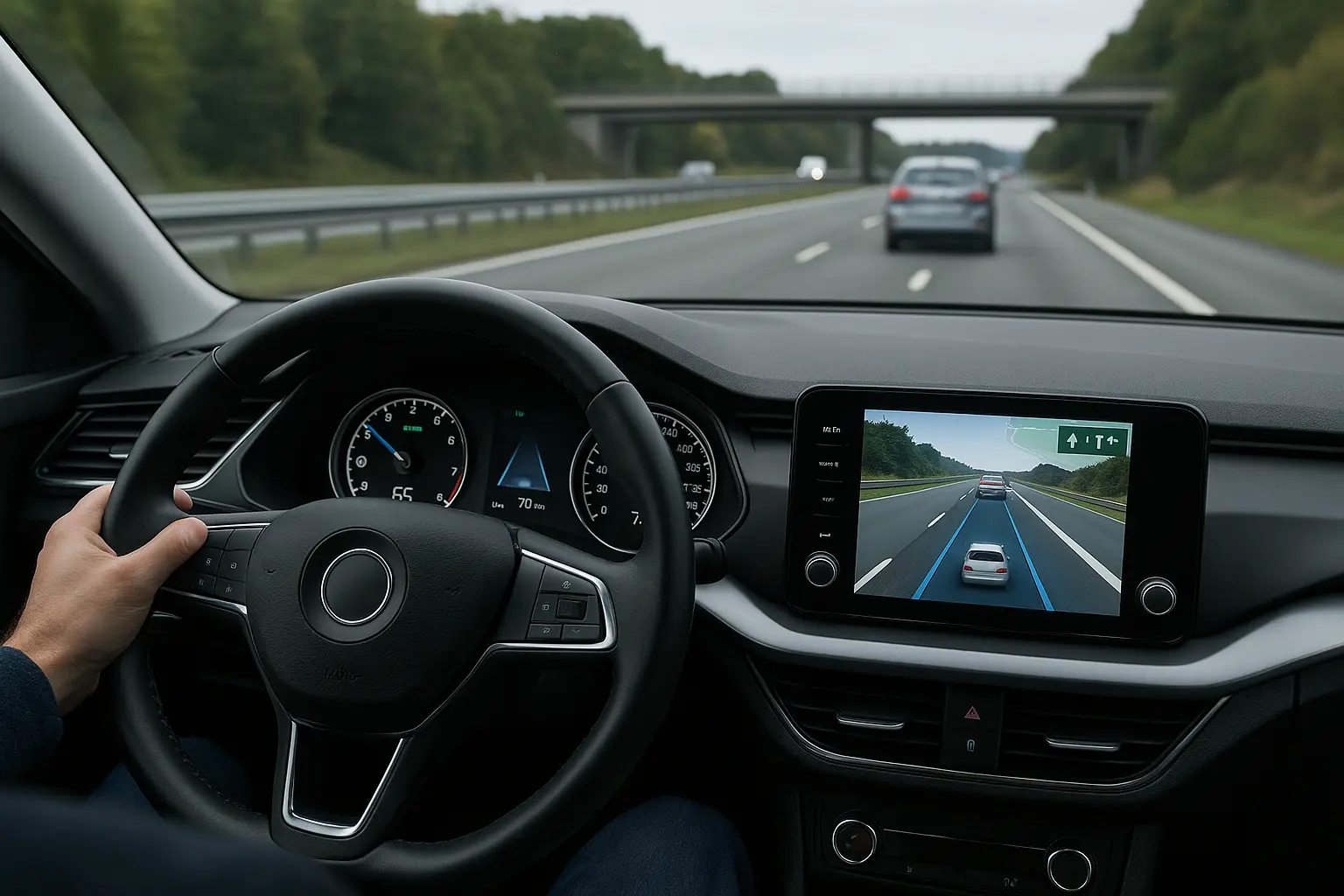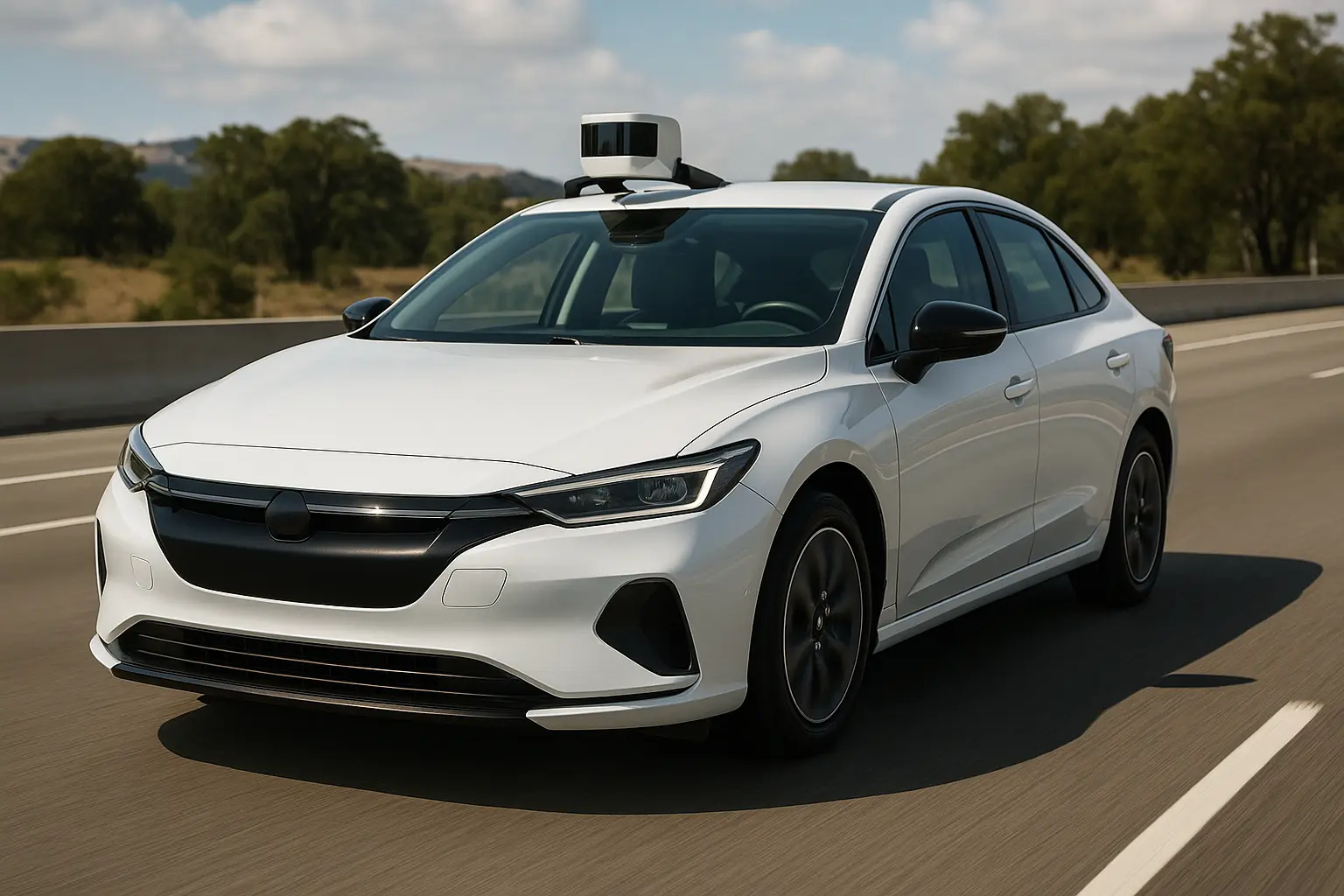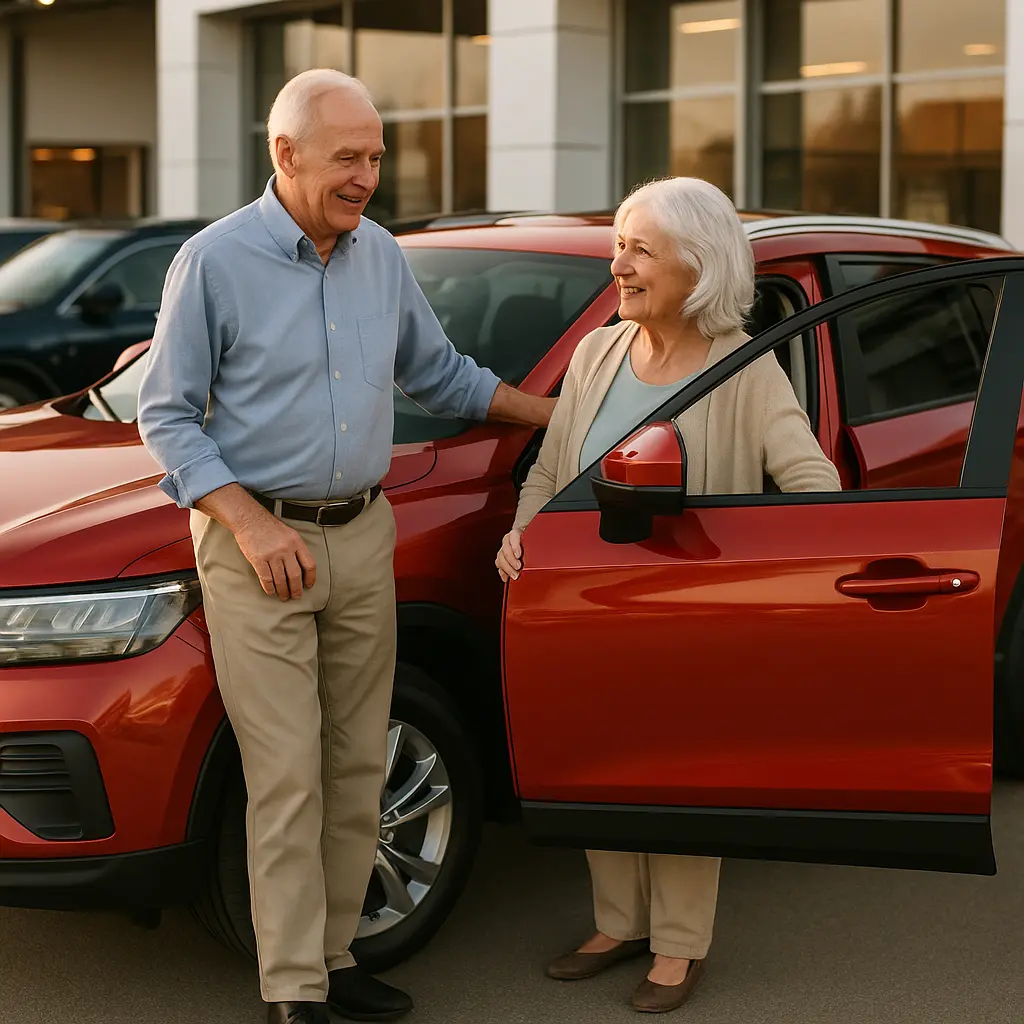How Autonomous Features Are Evolving in Everyday Cars
Introduction: Welcome to the Era of Smarter Cars
Just a decade ago, the concept of a car driving itself was reserved for science fiction and Silicon Valley prototypes. Fast forward to 2025, and semi-autonomous features are making their way into everyday cars driven by Aussies around the suburbs, highways, and even rural backroads.
Thanks to leaps in vehicle technology and government backing for road safety, many mainstream models—think Toyota, Hyundai, Kia, and even MG—now include elements once exclusive to Teslas and Mercedes-Benz. But what does this mean for everyday drivers? Are we ready for self-driving cars? And how is this affecting car pricing, insurance, and the very way we drive?
Let’s explore how semi-autonomous driving, self-driving car updates, and 2025 vehicle tech are reshaping the automotive landscape in Australia.

1. Understanding Autonomous Driving Levels
To talk about autonomy, we need to understand the SAE (Society of Automotive Engineers) levels—these are globally accepted tiers of automation:
Level 0: No automation. All tasks are human-controlled.
Level 1: Driver assistance (e.g., cruise control or lane keeping).
Level 2: Partial automation—car can steer and accelerate/decelerate simultaneously (e.g., Tesla Autopilot, Hyundai SmartSense).
Level 3: Conditional automation—car drives itself in specific conditions but may request human intervention.
Level 4: High automation—car performs all tasks in select scenarios without intervention.
Level 5: Full automation—no human driver needed under any condition.
In 2025, most production vehicles available to Aussie buyers fall between Level 1 and Level 2, with some premium models dipping into Level 3 (think Audi A8, Mercedes-Benz S-Class).
2. Key Autonomous Features Available in 2025 Cars
A. Adaptive Cruise Control (ACC)
ACC adjusts your speed to maintain a safe distance from vehicles ahead. It’s now standard in many Toyota and Mazda models even below $40K.
B. Lane Keep Assist & Lane Centring
These systems actively help steer your vehicle to stay in the lane. Combined with ACC, this forms the basis of Level 2 driving.
C. Traffic Jam Assist
In congested traffic, your car can stop-and-go on its own—found in Volkswagen, Skoda, and even some MGs.
D. Self-Parking Systems
With reverse parallel parking being a pain point for many, cars like the Ford Escape or Hyundai Tucson can now park themselves.
E. Automatic Emergency Braking (AEB)
Using radar and cameras, the vehicle can detect pedestrians, cyclists, or other vehicles and brake automatically to avoid a collision.
F. Driver Monitoring Systems (DMS)
Cars like the Subaru Forester use infrared tech to monitor your eyes and face to detect drowsiness or distraction.
3. From Premium to Mainstream: Democratisation of Autonomy
In 2015, you needed to buy a Tesla or high-end BMW to experience autonomous features. In 2025, it’s a very different story.
Brands like BYD, MG, and GWM are offering semi-autonomous driving in cars under $50K. Even the new Kia EV5 and Toyota Corolla Cross Hybrid come packed with driver assistance systems.
Notable Affordable Models with Autonomous Features:
MG4 EV: Includes adaptive cruise and lane assist under $45K.
Toyota RAV4 Hybrid: Standard with full Toyota Safety Sense package.
Hyundai Kona Electric: Smart Cruise Control with Stop & Go.
Subaru Forester: EyeSight tech with autonomous emergency braking.
This tech shift is no longer limited to prestige—it’s about mass safety and mass accessibility.
4. The Role of AI and Machine Learning in Autonomy
The backbone of semi-autonomous cars is machine learning. These systems learn patterns—traffic behaviour, human reaction time, pedestrian movement—and improve decision-making.
Here’s how AI is being used in 2025 cars:
Real-time camera + radar fusion for environmental awareness.
Predictive learning to anticipate dangerous scenarios.
Voice assistants with context-aware commands, like “Take me to the nearest charger” in EVs.
Smart navigation that adjusts based on traffic, terrain, and road conditions.
5. Infrastructure & Legal Challenges in Australia
Australia faces unique hurdles with autonomous cars:
Uneven road markings (especially in rural areas).
Limited V2X infrastructure (Vehicle-to-Everything).
Lack of federal standardisation—rules differ across states.
Still, progress is being made:
NSW and Victoria have allowed limited Level 3 autonomous trials.
Digital road mapping is improving with satellite and AI-backed data.
The National Transport Commission is reviewing legislation for automated driving systems.
6. How Semi-Autonomous Features Improve Road Safety
Here’s why semi-autonomous features are gaining popularity among Australian buyers:
Reduce fatigue on long drives (hello, Hume Highway).
Lower accident rates thanks to AEB and lane-keeping systems.
Support elderly and new drivers with real-time assistance.
Enable safer urban navigation with pedestrian detection and blind-spot monitors.
Stats That Matter:
According to ANCAP, over 35% of new car buyers consider autonomous safety features a top purchase factor in 2025.
AEB alone can cut rear-end crashes by 50%.
7. Self-Driving Cars: Are We Close to Full Autonomy?
Tesla, Waymo, and other tech-first brands boast about Full Self-Driving (FSD), but the reality is nuanced.
What’s holding Level 4 & 5 back in Australia?
Complex, unstructured roads (e.g., regional gravel paths).
Pedestrian unpredictability in urban centres.
Lack of dedicated AV lanes or city zones.
Liability & insurance regulation lags.
Where we are now:
Tesla FSD Beta (not approved for full use in Australia).
Mercedes-Benz Drive Pilot (Level 3, trialled in Germany and the US).
Pilot programs in Canberra and Adelaide with low-speed AVs for public transport.
8. How Insurance & Ownership Are Changing
Insurance providers are adapting their policies to account for semi-autonomous systems. Expect changes in:
Premium calculations based on tech inclusion (AEB, lane assist).
Liability models (driver vs software responsibility).
Data tracking for claim assessment (black box-type systems).
Some insurers even offer discounts for cars with high-rated autonomous safety features.
9. What to Consider Before Buying a Semi-Autonomous Car in 2025
Here’s a quick buying guide:
✅ Check for Software Update Support
Can your car's systems improve over time via over-the-air updates?
✅ Ensure Driver Override
All current vehicles legally require the driver to take control when needed.
✅ Understand the Limitations
Even if your car has Level 2 automation, you need to stay alert—it's not "hands-off" driving.
✅ Consider Insurance Costs
Some tech may lower premiums, others may increase repair costs after accidents.
10. What’s Next for Autonomous Driving in Australia?
By 2030, we expect:
More Level 3 approved cars in Australian cities.
Expanded infrastructure, especially in metro areas.
New driver licensing standards that include tech literacy.
Full autonomy for freight and last-mile delivery vehicles.
Manufacturers like Ford, Nissan, and BMW are already collaborating with Aussie tech firms to localise autonomy for our unique conditions.
Conclusion: Embrace the Future, Stay Informed
Autonomous features are no longer optional tech buzzwords—they’re reshaping how Aussies drive, insure, and buy their vehicles. From city cruisers to highway haulers, your next car will almost certainly think and react for you, at least partially.
Whether you’re looking for your next SUV, family hatchback, or electric ride, understanding how self-driving and smart safety features work will help you choose better and drive smarter.
Leave a comment
Your email address will not be published. Required fields are marked *




















